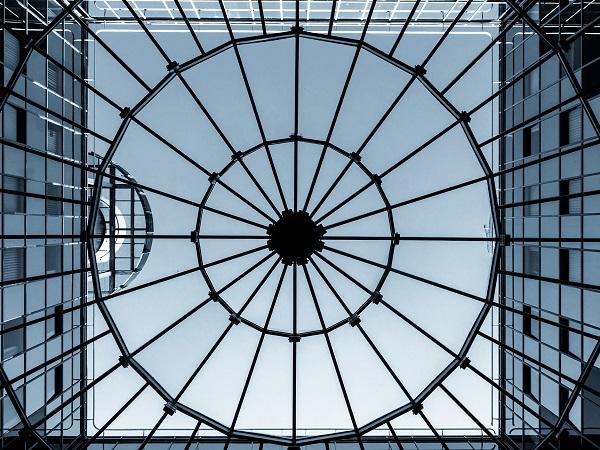
Date: 20 January 2022
While already providing net carbon-avoidance products, the flat glass sector is looking into ways to massively scale up its contributions to the EU’s climate neutrality objective, including by exploring novel ways to lower its industrial emissions.
With increased objectives in terms of CO2 emission reduction and a European industry faced with both high energy and carbon / EUAs costs, levels of investments required to deliver the new EU 2030 CO2 emissions objectives are largely increased while the industry’s capacity to make those investments is impacted. A revision of the phase IV of EU ETS has thus become necessary to ensure the EU’s journey towards climate neutrality remains sustainable on the way to 2030.
In the framework of this revision, it is Glass for Europe’s belief that the following elements are necessary to help the realisation of the sector’s 2050 vision:
- Ensure that the revised EU ETS is anchored with industrial and economic realities to continue to serve as an effective incentive to CO2 emission reduction,
- Offer well-calibrated support to continuous research and development programmes in new technologies to reduce CO2 emissions,
- Uphold Europe’s high-efficiency and low-carbon flat glass production base with an adequate protection against the risk of carbon leakage,
- Maintain clear boundaries between the EU ETS and the new Emissions Trading Scheme for buildings and transport.
POLICY RECOMMENDATIONS FOR THE EU ETS REVISION
Glass for Europe believes that the EU ETS must pursue four objectives.
1. An EU ETS anchored in industrial and economic realities
It is necessary that the reformed EU ETS provisions are anchored with both industrial and economic realities to drive CO2 emission reductions in a cost-effective manner.
- Directive 2003/87 (EC), Article 10a paragraph 3, new point (d): Glass for Europe supports the proposal to lift maximum reduction rates applicable to product benchmarks so that benchmarks remain best connected to industrial realities and advances.
- Directive 2003/87 (EC), Article 10a paragraph 1, new subparagraph 3: The application of a penalty on free allocation linked to the implementation of recommendations formulated in the EED energy audits needs to be made conditional to the technical and financial capacity of the site to implement the suggested measure. Following the same industrial and economic logic, Glass for Europe believes that a bonus-malus system applied on free allocation is a bad and counter-productive idea. A manufacturing site may find itself above the benchmark value for many different reasons such as wear and tear, the specific product manufactured, raw materials, etc., which are completely independent from the site’s intrinsic CO2 efficiency. Applying a malus on free allocation would unfairly penalise these sites.
- Directive 2003/87 (EC), Article 11 paragraph 1: The calculation of free allocation for the period 2026-2030 should exclude the year 2020, which is unrepresentative due to the Covid-19 pandemic impact on production.
2. The EU ETS as an instrument for the deployment of new technologies
The EU ETS must support continuous research and development programmes in new technologies to reduce CO2 emissions. Glass for Europe welcomes the financial support opportunities offered by the ETS Innovation Fund. Support to R&D is very much needed in flat glass manufacturing as today there is no readily available technologies to drastically cut manufacturing emissions in the short term.
- Directive 2003/87 (EC), Article 10a paragraph 8: To boost funding while preserving global competitiveness, allowances for the ETS Innovation Fund should be sourced in the auctioning share rather than in the free allocation share, as well as in the Market Stability Reserve (MSR).
- Directive 2003/87 (EC), Article 10a paragraph 6, subparagraph 1: Glass for Europe regrets that the rules on compensation for indirect costs are not reviewed to allow compensation to glass industries and thus support to electrification as a decarbonisation route. It is our firm belief that such compensation is necessary, especially in a sector where energy costs can represent above 30% of production costs and in a context of drastically increasing energy prices.
- Directive 2003/87 (EC), Article 12, new paragraph 3b: Clarifications on rules applicable to CO2 emissions captured and reused are welcome.
3. The EU ETS as the promoter of high-efficiency and low-carbon flat glass production
It is recognised that predictability and stability must be at the core of the system in order to secure investments from sectors that are characterised by their long-term investment cycles (15 to 20 years in the flat glass industry). As long as comparable CO2 emission reduction efforts are not effectively implemented in third countries, the EU ETS mechanism must uphold Europe’s high-efficiency and low-carbon flat glass production base with an adequate protection against the risk of carbon leakage. To this end, Glass for Europe supports the view that the application of a Cross Sectoral Correction Factor (CSCF) must be avoided.
- Directive 2003/87 (EC), Article 10a paragraph 5a: Use must be made of the 3% buffer between the auctioning and the free allocation share in order to avoid the application of a CSCF. The 3% buffer must therefore be maintained.
- Decision (EU) 2015/1814, Article 1 paragraph 5a or Article 1a, new paragraph 6a: The Directive could also foresee the possibility for allowances made available by the one-off rebasing to be diverted toward the free allocation pot, if and when this becomes necessary to avoid the introduction of a CSCF, once the 3% buffer has already been activated.
- Directive 2003/87 (EC), Article 10a paragraph 1a: A reallocation of allowances could also be envisaged to avoid the CSCF if the Carbon Border Adjustment Mechanism is tied with a reduction of free allocation to covered sectors.
4. The EU ETS as an instrument with clear boundaries
The separation between the new ETS for buildings and transport and the existing EU ETS must prevail in the long term. This separation represents the best guarantee to be able to adequately take into account the specificities of the different sectors. Extensions of the existing EU ETS to other sectors should only be envisaged with clear and effective boundaries between the different systems as well as emergency review clauses in case of unintended adverse effects on relevant stakeholders.
- Directive 2003/87 (EC), Annex I: The buildings and transport sector should not be included in the scope of the EU ETS Directive for power, industry, aviation and maritime.
- Directive 2003/87 (EC), Chapter IVa (new): The proposal to extend the EU ETS to all fuels deserves to be carefully assessed. In any case, it must not result in double taxation of industrial installations on the basis of their energy input.
 600450
600450


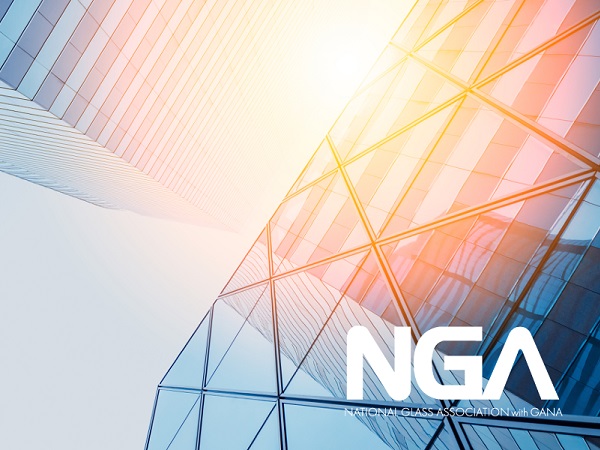


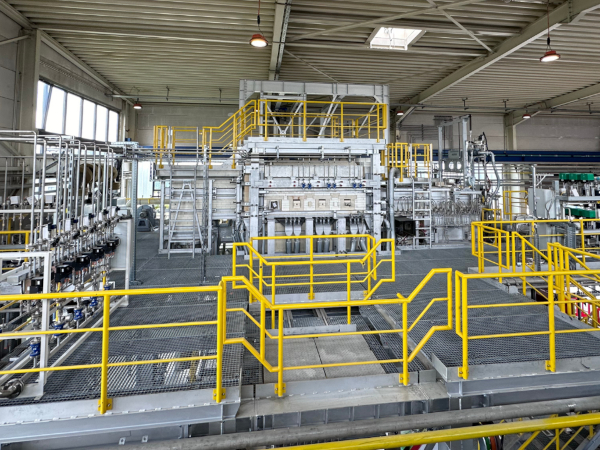








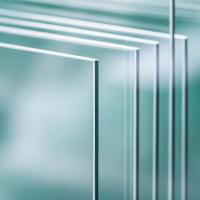


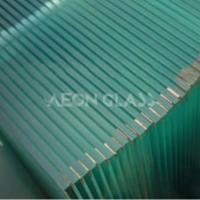
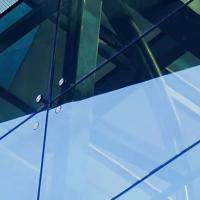
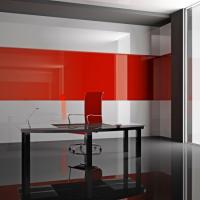
Add new comment